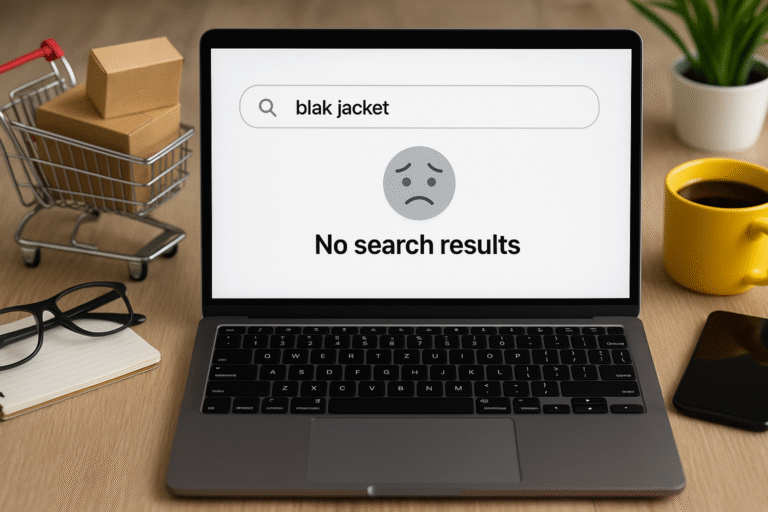Implementing Caching for Faster Load Times
It is a competitive business hemisphere that we currently thrive in. The competition is a part of all business domains.
A host of businesses from around the world have gone digital and the competition very much prevails in the eCommerce industry. Customer experience and integrity are the paramount factors that bring success to any eCommerce firm.
An important part of promoting customer experience that eCommerce firms need to keep an eye on is to make sure that the end consumer gets quick service. This directly translates to making sure that the loading times are lower.
Loading times are difficult to keep low without implementing Caching Category Pages.
Personalization is a part of all aspects of eCommerce websites nowadays. Even homepages come replete with buy again and personalized recommendation sections. Still, one can expect the home page of an eCommerce store to be more or less similar, each time one visits it. So, an eCommerce homepage loads reasonably quickly.
Category pages are different because an end consumer will be sorting the products that he seeks. Correspondingly, one can expect loading time for category pages to be slightly higher, in particular when certain filters or search criteria are applied.
A customer might share a unique search criterion each time he visits a category page. If the category has thousands of products, getting the search results based on a consumer’s criteria might take time.
If an eCommerce store spends 5 seconds generating the results, instead of just three seconds, it negatively impacts the consumer experience. That’s because a consumer might be planning to run multiple custom searches. The prospect of waiting for 5 seconds before custom results are displayed is unlikely to amuse a visitor.
Caching Category Pages keeps loading times low because many consumers use the same eCommerce website. When a consumer shares the search criteria, caching records the results displayed. Now, when any other consumer shares the same search criteria over the category page, the results are displayed quickly because the relevant information has been cached.
Caching Category Pages is refined work, and one has to keep certain best practices in mind. Well-cached category pages augur well for an eCommerce store’s success.
Addressing Challenges like Out of Stock Product Display
Category page caching in eCommerce could bring several challenges to the fore and an important one among them is Out of Stock Product Display.
Typically, the master information for inventory availability will be on one of the many Inventory Management Systems (IMS) that are stationed at the backend. It might so be the case that an IMS operating from the backend, such as a legacy in-store system has limitations associated with availability, scalability, and performance.
Caching support is hence made available for the inventory component and the associated services. These limitations can now be addressed.
In other words, an item’s inventory availability is cached by a component. This could be either in the memory or in the database. In most cases, a memory cache or local database cache is used for recording the inventory information. This is even as an external inventory system stores the master data.
Caching support provided by the inventory component will include the Cache records feature. For each combination of location and item, at most one inventory availability record can be cached by the inventory component. This keeps the information consistent and reliable and it can be viewed in real time by any visitor.
Each cached record will include the following information:
- Inventory status, which would be available or unavailable.
- Available stock or quantity.
- Availability date.
- Availability offset, which is useful for delivery and online shopping. This also comes in handy for ship-to-store scenarios, because here, the lead time or offset defines the availability date and not the absolute date.
- Last update date
Caching inventory availability records in memory comes to be the default procedure to be followed when batch-loading the records in the database is not a feasible arrangement. One of the scenarios when this takes place is when the retailer maintains a large assortment of products across several store locations. So, the savings attained from caching information will be less than the costs associated with importing all inventory availability records into the database.
Balancing Caching and Personalization
Hyper relevance in eCommerce and across online experiences, in general, has been a trending topic of discussion in the eCommerce industry in recent times. However, hyper-relevance is a new term that several readers might not be aware of.
Hyperrelevance is a step ahead of personalization. It has a lot to do with providing shopping experiences that are more individual and contextual.
The reason why hyper-relevance has come into prominence is that personalization has not been able to deliver the goods at all instances expected and has been lagging up to a limit in certain regards. This comes in the format of an eCommerce store not being able to get sufficient or correct information about an individual buyer. So, personalization fails to become truly personal.
Sometimes, it so becomes the case that an eCommerce store has got the consumer data right. However, they are not able to deliver the personalization because site performance is lagging.
So, this problem is as important as getting personalization wrong. In all cases, it is best for an eCommerce website they be able to sort things out in real time. If your website takes too long to load, the customer might leave.
The speed at which dynamic content is delivered has an important role to play in your relationship with your consumer. Ideally, there should be no inverse relationship between going personal and website speed.
Personalization and performance should reside on parallel platforms. In caching solutions lies the answer to this problem and the focus area to be addressed is dynamic content performance.
An eCommerce business can tremendously benefit from a high-performance caching solution that addresses availability and security in high-traffic conditions.




